Press Release Fun: Monsters and Miracles
Yet another reason to be in L.A. Nice to see that it’s coming to The Carle too.
Skirball Cultural Center and The Eric Carle Museum of Picture Book Art present
A Journey through Jewish Picture Books
April 8–August 1, 2010
Exhibition examines the impact of Jewish writers, illustrators, and cultural traditions on picture book art
LOS ANGELES—The most comprehensive museum consideration of the Jewish picture book, Monsters and Miracles: A Journey through Jewish Picture Books will premiere at the Skirball Cultural Center from April 8 through August 1, 2010. Co-organized by the Skirball and The Eric Carle Museum of Picture Book Art (Amherst, MA), the exhibition features more than 130 original works of art, texts, and related objects from time-honored classics and popular favorites. Featured authors and artists include Eric Carle, Daniel Pinkwater, Mark Podwal, Francine Prose, Lemony Snicket, Art Spiegelman, and William Steig. With historical examples dating as early as the twelfth century, Monsters and Miracles also encompasses the work of luminaries Isaac Bashevis Singer, Marc Chagall, and El Lissitzky. Cultural critic Ilan Stavans, scholar Neal Sokol, and Skirball associate curator Tal Gozani collaborated as co-curators of the exhibition.
Monsters and Miracles investigates the significant contributions that Jewish art and storytelling have made to children’s literature, tracing the development of the Jewish picture book from its early cultural roots to contemporary innovations. The works represent an array of artistic media, including paintings, drawings, computer-generated images, papercuts, and collage, as well as lavishly illustrated Hebrew manuscripts. While texts are principally in English, there are examples in Hebrew, Yiddish, and Portuguese.
ADVERTISEMENT
ADVERTISEMENT
Children and adults alike will delight as they revisit their favorite stories and encounter new authors and illustrators. In addition to the artworks on display, the exhibition includes a reading sanctuary where families can relax with books featured in the exhibition as well as recent releases. Listening stations feature new original recordings of tales read aloud by authors and celebrities; as visitors turn the pages, they will enjoy as many as fifty stories narrated by such noted actors as Ed Asner, Mayim Bialik, Elliott Gould, Allison Janney, Leonard Nimoy, and Henry Winkler, and renowned writers Mordicai Gerstein, Tony Kushner, Susan Goldman Rubin, Simms Taback, and more. Hands-on activities will include a kid-size seder table to be used for dramatic play and reading; a mural of Jonah and the whale to which visitors can add their own artful creations; and a “make-a-monster” area based in part on Maurice Sendak’s masterpiece Where the Wild Things Are (1963).
“The art of storytelling is deeply embedded in Jewish tradition,” says Robert Kirschner, Skirball Museum Director. “As an institution dedicated to exploring the intersection of Jewish heritage and American democratic ideals, we are thrilled to celebrate this illustrated legacy in so appealing an exhibition.”
“Because The Carle is devoted to the appreciation of picture book art from America and around the world, we bring a unique perspective to the subject,” adds Alexandra Kennedy, Executive Director of The Eric Carle Museum of Picture Book Art. “Monsters and Miracles is a wonderful marriage of purpose and perspective between two cultural institutions.”
To commemorate the opening of Monsters and Miracles at the Skirball, exhibition co-curator and acclaimed scholar Ilan Stavans will facilitate a lively conversation with a distinguished group of illustrators and authors on Wednesday, April 7, at 8:00 p.m. Panelists will include: authors and illustrators Mordicai Gerstein and Simms Taback, both recipients of the prestigious Caldecott Medal (Gerstein for The Man Who Walked Between the Towers, and Taback for Joseph Had a Little Overcoat); widely published French artist Serge Bloch (The Enemy, I Can’t Wait); and writer Laurel Snyder (Inside the Slidy Diner). Lecture attendees will have the opportunity to preview the exhibition before the program.
After its presentation at the Skirball, Monsters and Miracles will travel to The Carle, where it will be on view from October 15, 2010 through January 23, 2011. A portion of the exhibition will be on view at the National Yiddish Book Center, also located in Amherst, during the same time period.
Exhibition Overview
Organized into six sections, Monsters and Miracles addresses several storytelling motifs.
The exhibition opens with a number of lavishly illuminated Haggadot dating back to the seventeenth century. Throughout Jewish history, these illustrated liturgical volumes have been used to recount the Exodus story at Passover seders, serving as a lively medium of instruction, much like today’s picture books. Also on display is a selection of historical volumes set alongside modern versions on the same themes, such as an alphabet primer from medieval Cairo, along with early-twentieth-century and contemporary aleph-bet Hebrew alphabet books.
Next, the exhibition presents biblical stories as reconsidered by modern-day authors. Timeless tales provide moral direction to readers and portray ancient heroes in examples such as Why Noah Chose the Dove (1974), written by Isaac Bashevis Singer and illustrated by Eric Carle; Jonah and the Great Fish (1997), by Mordicai Gerstein; and King Solomon and His Magic Ring (1999), written by Elie Wiesel and illustrated by Mark Podwal.
ADVERTISEMENT
ADVERTISEMENT
The third section features illustrations of monsters, giants, goblins, and other mythical beings. Drawing inspiration from biblical angels and demons, the Jewish storybook tradition has created a thriving bestiary of creatures, including golems, the subject of tales by David Wisniewski and Mark Podwal; and dybbuks, featured in stories written by Francine Prose and illustrated by Mark Podwal and written by Barbara Rogasky and illustrated by Leonard Everett Fisher. In many of these modern tales, imaginary figures take on human traits and frailties: lovable monsters (modeled after the author/illustrator’s Eastern European relatives) populate the realm of Maurice Sendak’s Where the Wild Things Are (1963); a misanthropic ogre— whose name means fear in Yiddish—becomes the hero in William Steig’s SHREK! (1990); and an angst-ridden latke looks for signs of Hanukkah in Lemony Snicket’s The Latke Who Couldn’t Stop Screaming: A Christmas Story (2007), illustrated by Lisa Brown.
In the fourth section, the exhibition highlights traditional Jewish village life in the shtetl (a Yiddish term for the rural villages once inhabited by the Jews of Eastern Europe), which remains central to the cultural foundation of Ashkenazi Jewish traditions. Here, stories and illustrations capture the folklore and charm of these communities. Several works represent early illustration and graphic design efforts by well-known artists Marc Chagall and El Lissitzky, both of whom grew up in the shtetl. Contemporary stories harkening back to shtetl traditions include Art Spiegelman’s “Prince Rooster,” from Little Lit and Fairy Tale Funnies (2000); and Kibitzers and Fools: Tales My Zayda Told Me (2005), by Simms Taback, who uses collage and watercolor to portray the colorful residents of shtetl towns. Visitors are introduced to one of the most popular Sephardic folktale characters in Eric A. Kimmel’s forthcoming Joha Makes a Wish (2010), illustrated by Omar Rayyan. The section also addresses the demise of the shtetl with illustrations from The Power of Light: Eight Stories for Hanukkah (1980) by Isaac Bashevis Singer, illustrated by Irene Lieblich, and The Enemy (2007) by Davide Cali, illustrated by Serge Bloch.
Next, Monsters and Miracles examines transitions from the Old World to the New. Several tales take migration as their theme, including the story of a Spanish-Jewish wanderer, The Travels of Benjamin Tudela (2005), by Uri Shulevitz; and The Journey That Saved Curious George (2005), written by Louise Borden and illustrated by Allan Drummond. Other stories transport viewers to destinations around the world, such as Israel, Spain, and especially the United States. Books such as Haym Solomon: American Patriot (2007), written by Susan Goldman Rubin and illustrated by David Slonim; When Zaydeh Danced on Eldridge Street (1996), written by Elsa Okon Rael and illustrated by Marjorie Priceman; and The Castle on Hester Street (2007), written by Linda Heller and illustrated by Boris Kulikov, demonstrate how Jews embraced the American experience and made it their own.
In its final section, the exhibition looks at new trends in Jewish picture books. The influence of the graphic novel is notable in illustrations from The Adventures of Rabbi Harvey: A Graphic Novel of Jewish Wisdom and Wit in the Wild West (2006) by Steve Sheinkin; and Houdini: The Handcuff King (2007), written by Jason Lutes and illustrated by Nick Bertozzi. Feature film and television adaptations of some of the most beloved picture books—Curious George (the original manuscript for which was smuggled out of Nazi-dominated Europe along with its creators), SHREK!, and Where the Wild Things Are—are documented by movie stills, maquettes, and other memorabilia. Another trend is seen in picture books offering alternative narratives of American Jewish life. Among these are Laurel Snyder’s forthcoming Baxter, The Pig That Wanted to Be Kosher, illustrated by David Goldin; Daniel Pinkwater’s forthcoming story in Yiddish and English, Beautiful Yetta, The Yiddish Chicken, illustrated by Jill Pinkwater; and Lemony Snicket’s unconventional holiday tale, The Latke Who Couldn’t Stop Screaming: A Christmas Story (2007), illustrated by Lisa Brown.
Filed under: Press Release Fun
About Betsy Bird
Betsy Bird is currently the Collection Development Manager of the Evanston Public Library system and a former Materials Specialist for New York Public Library. She has served on Newbery, written for Horn Book, and has done other lovely little things that she'd love to tell you about but that she's sure you'd find more interesting to hear of in person. Her opinions are her own and do not reflect those of EPL, SLJ, or any of the other acronyms you might be able to name. Follow her on Twitter: @fuseeight.
ADVERTISEMENT
ADVERTISEMENT
SLJ Blog Network
2024 Books from Pura Belpré Winners
Winnie-The-Pooh | Review
Parsing Religion in Public Schools
Finding My Own Team Canteen, a cover reveal and guest post by Amalie Jahn
ADVERTISEMENT

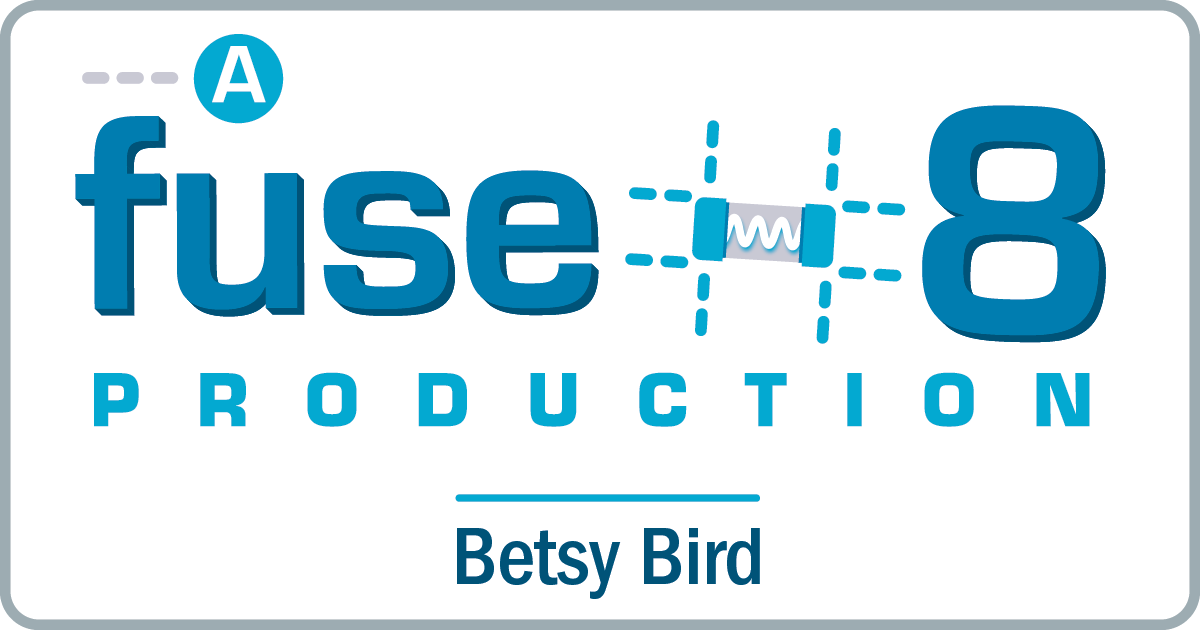

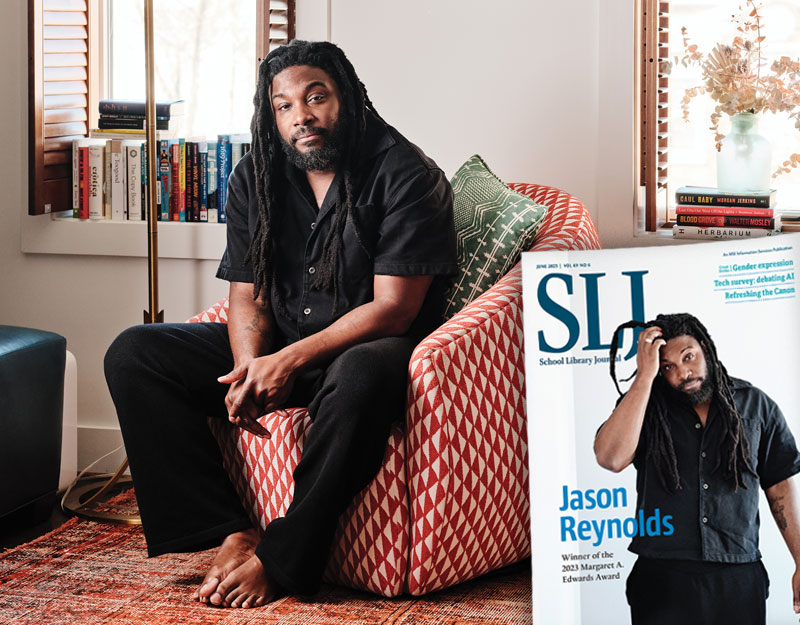

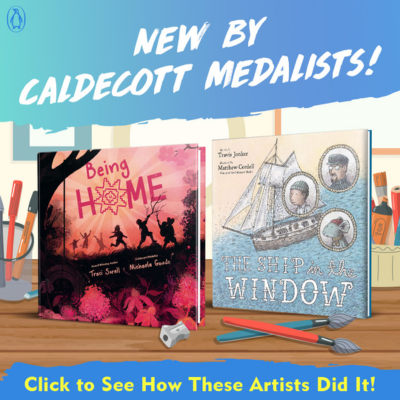
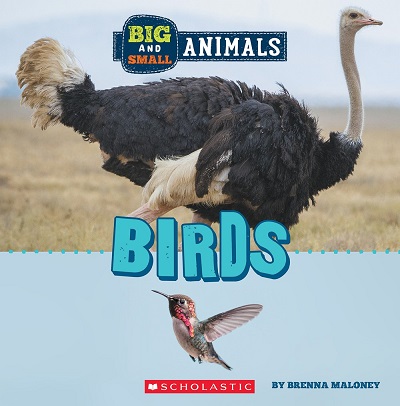
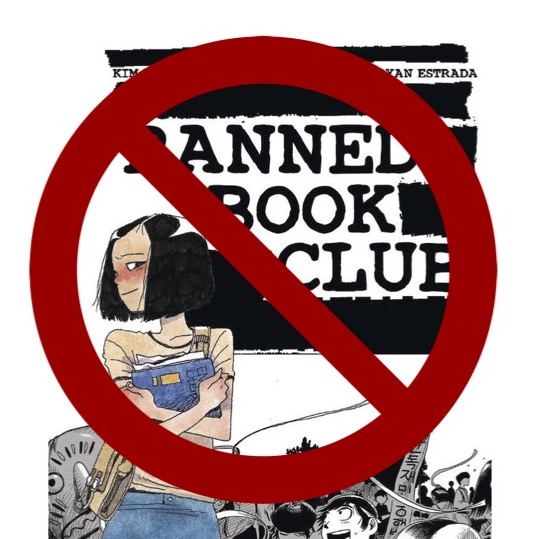
Thanks for letting us know about this. I’ll be heading up the freeway to see it.
And for you West Coasters, I will be speaking about the exhibit, and the History of Jewish Children’s Books at the Skirball on Sunday April 18th, as part of the AJL Western Regional Conference http://www.ajlsc.org. Please join us.